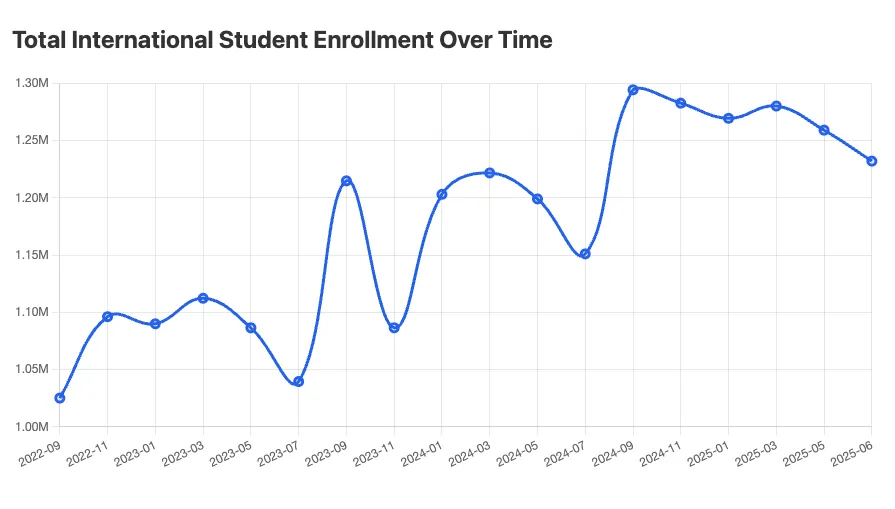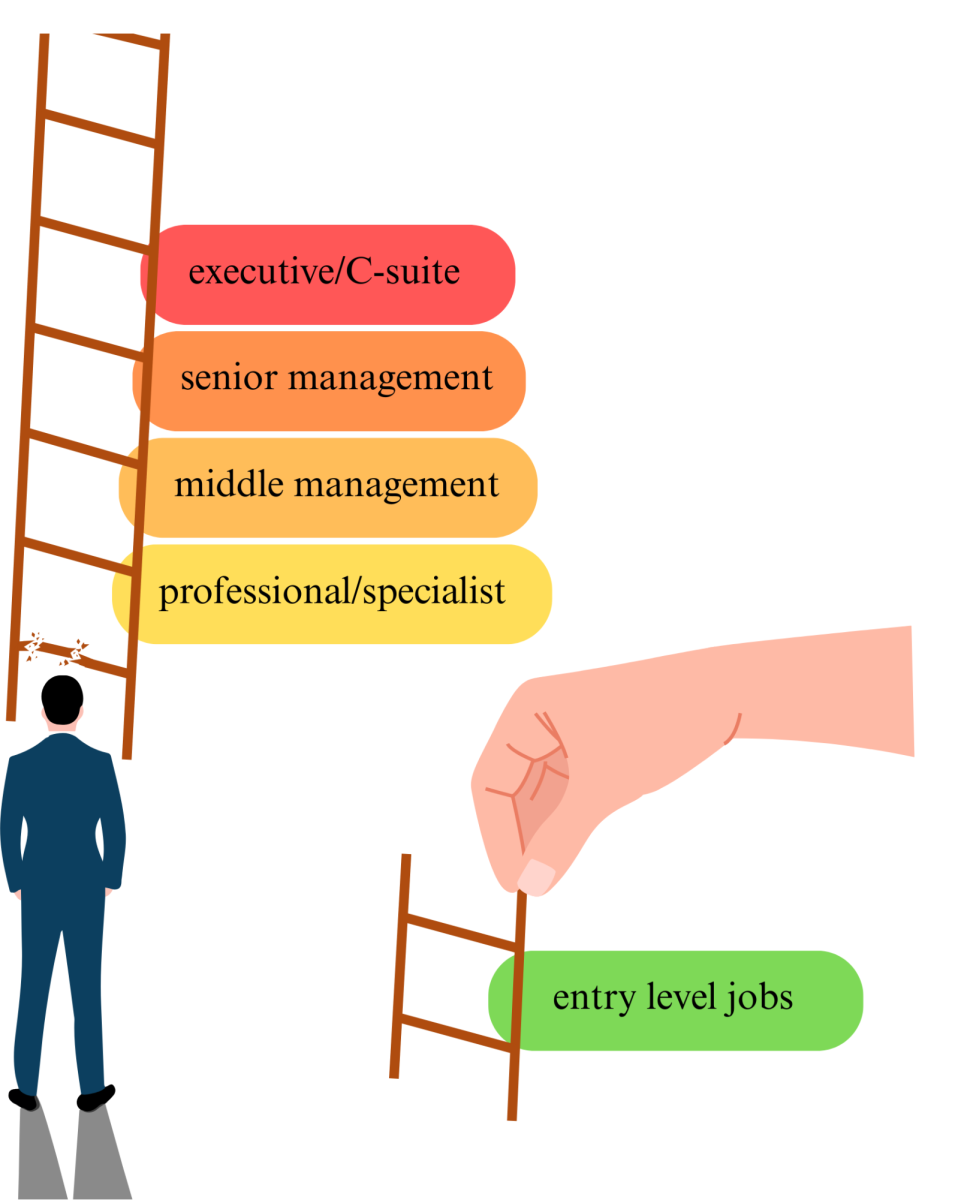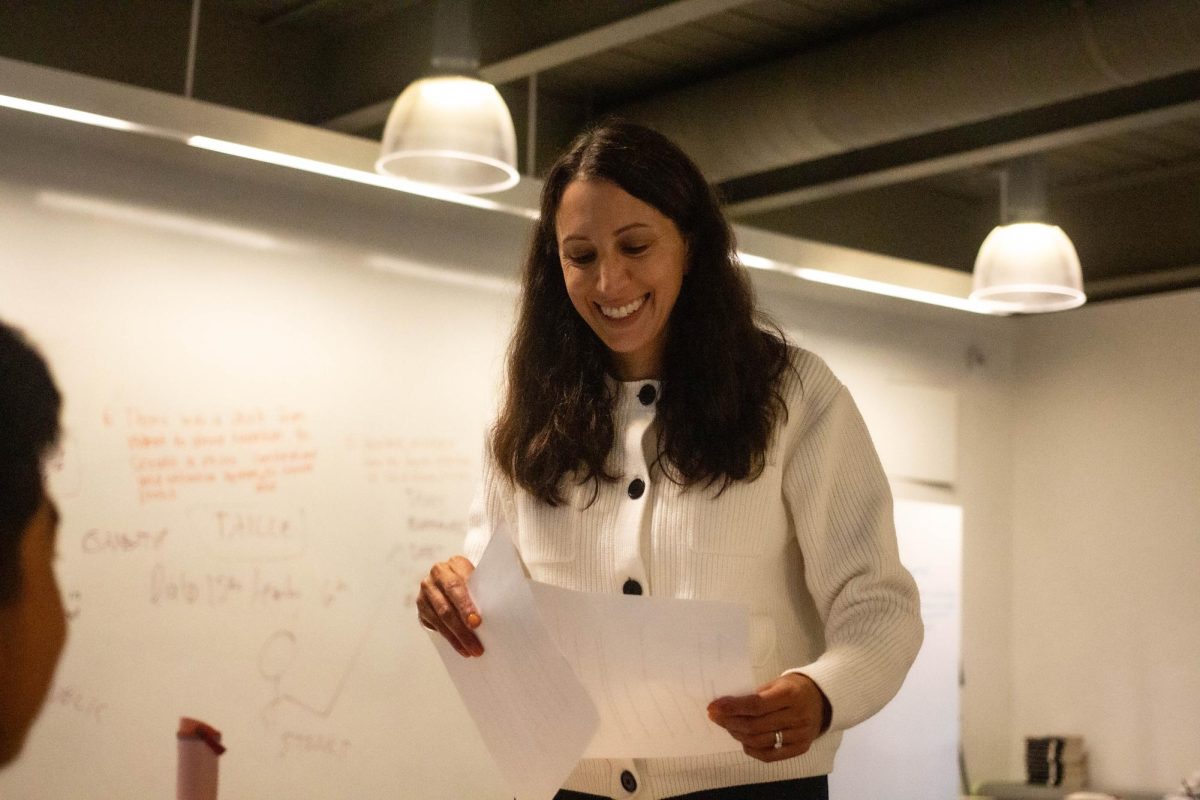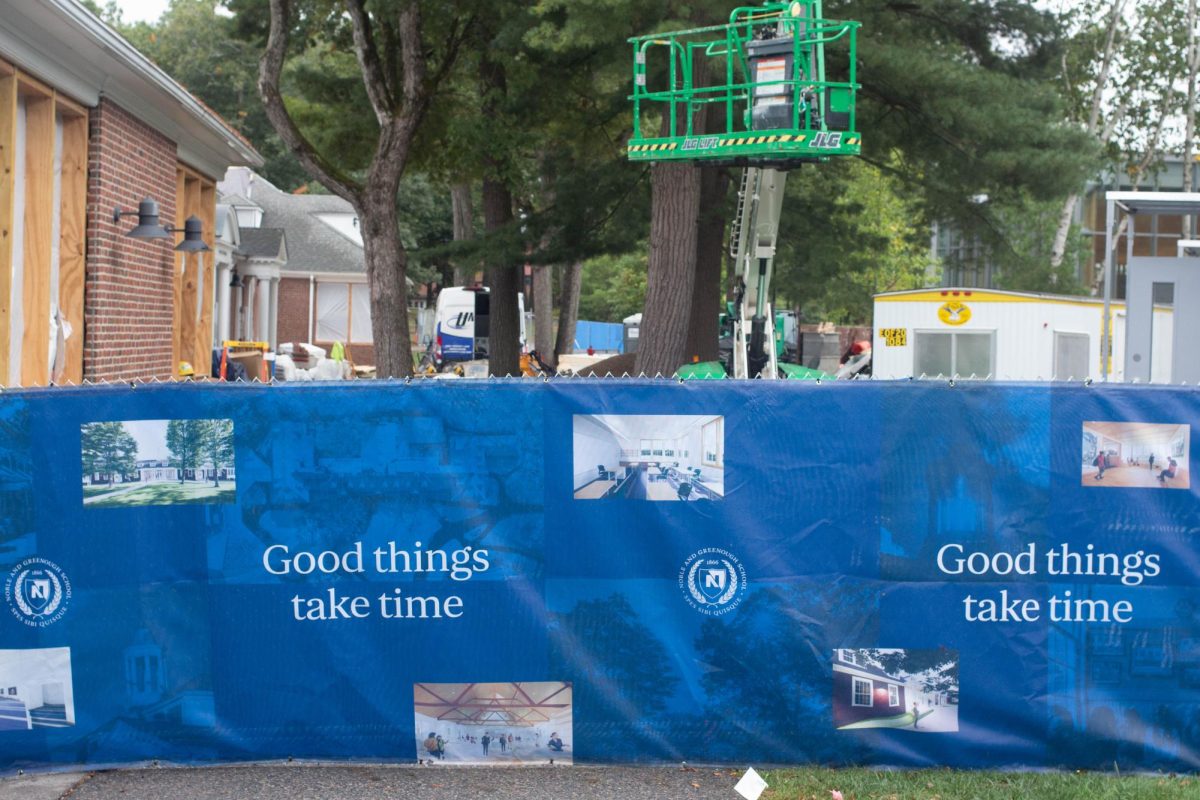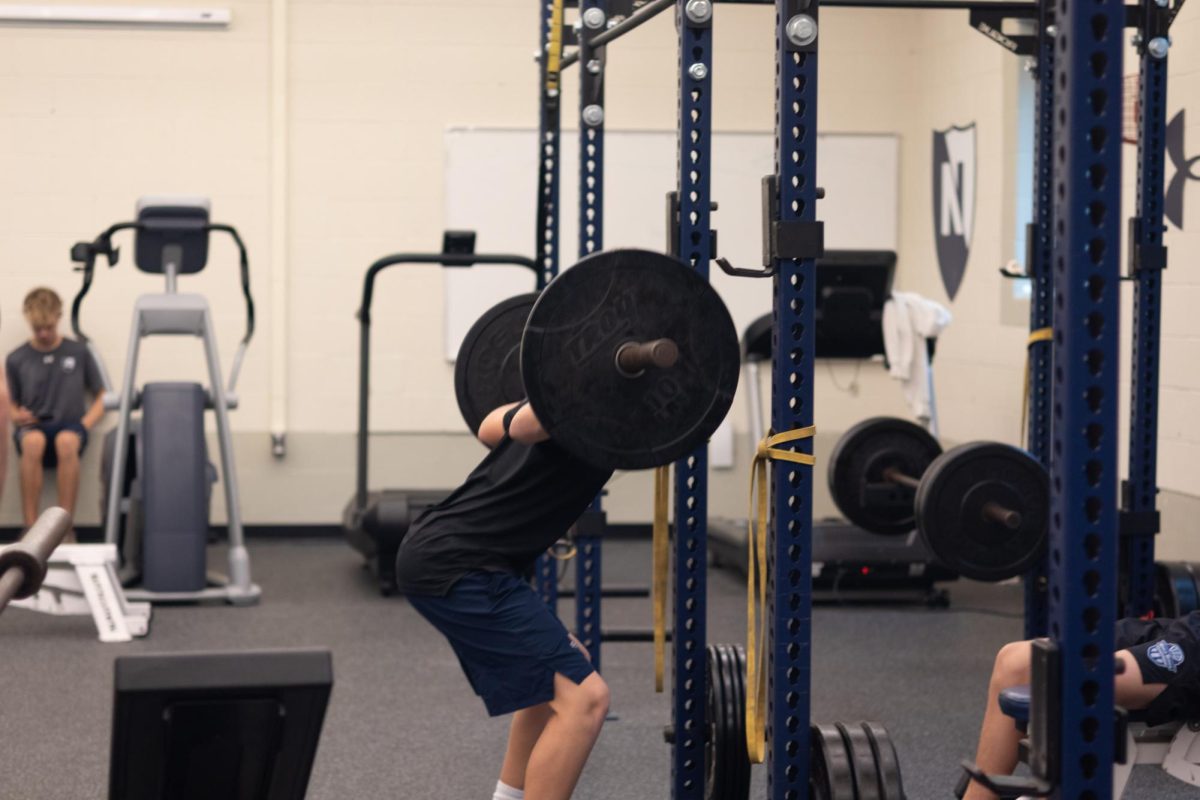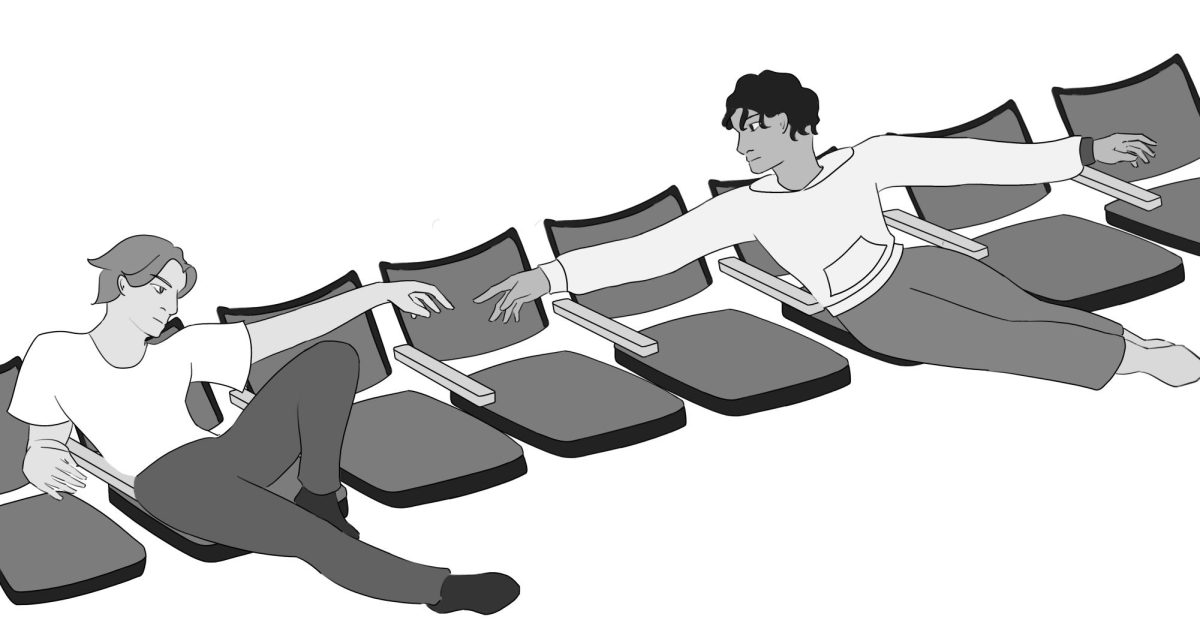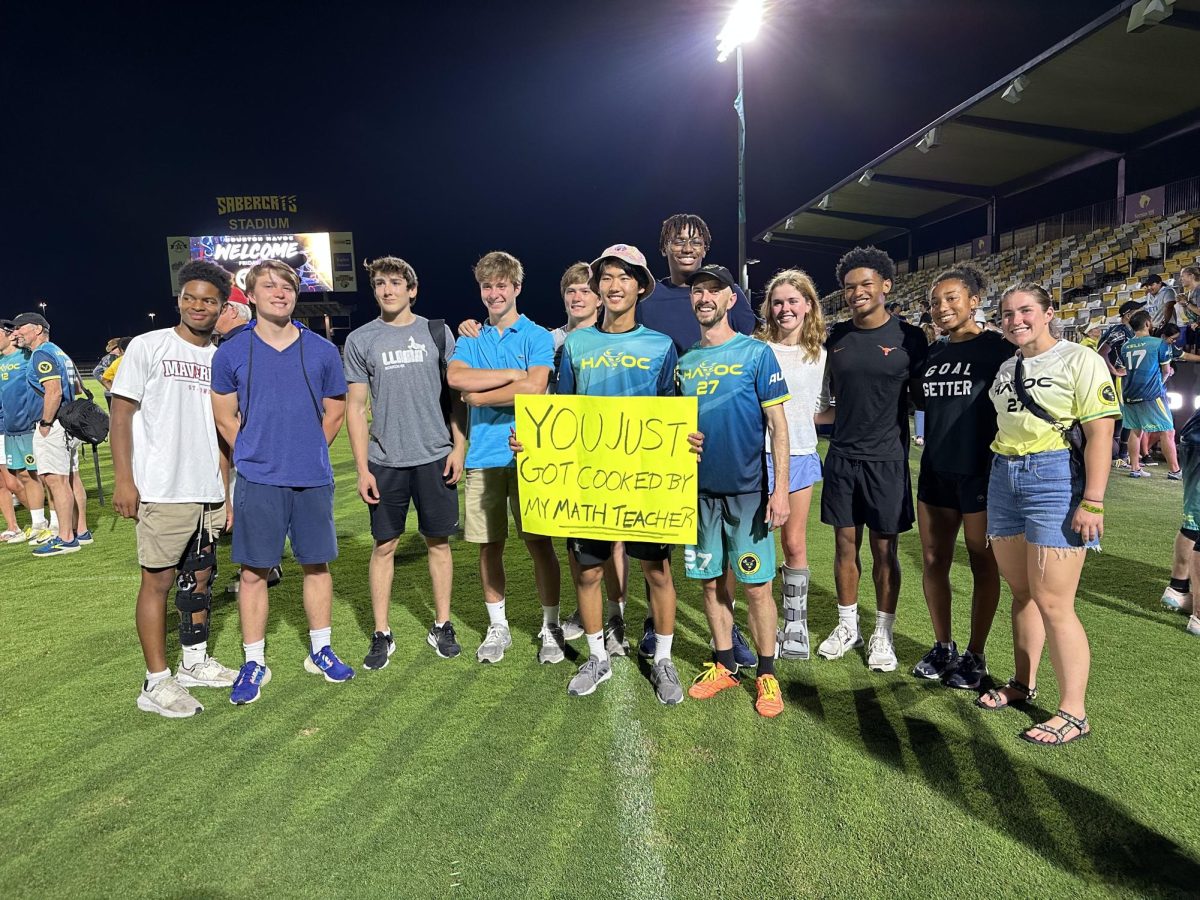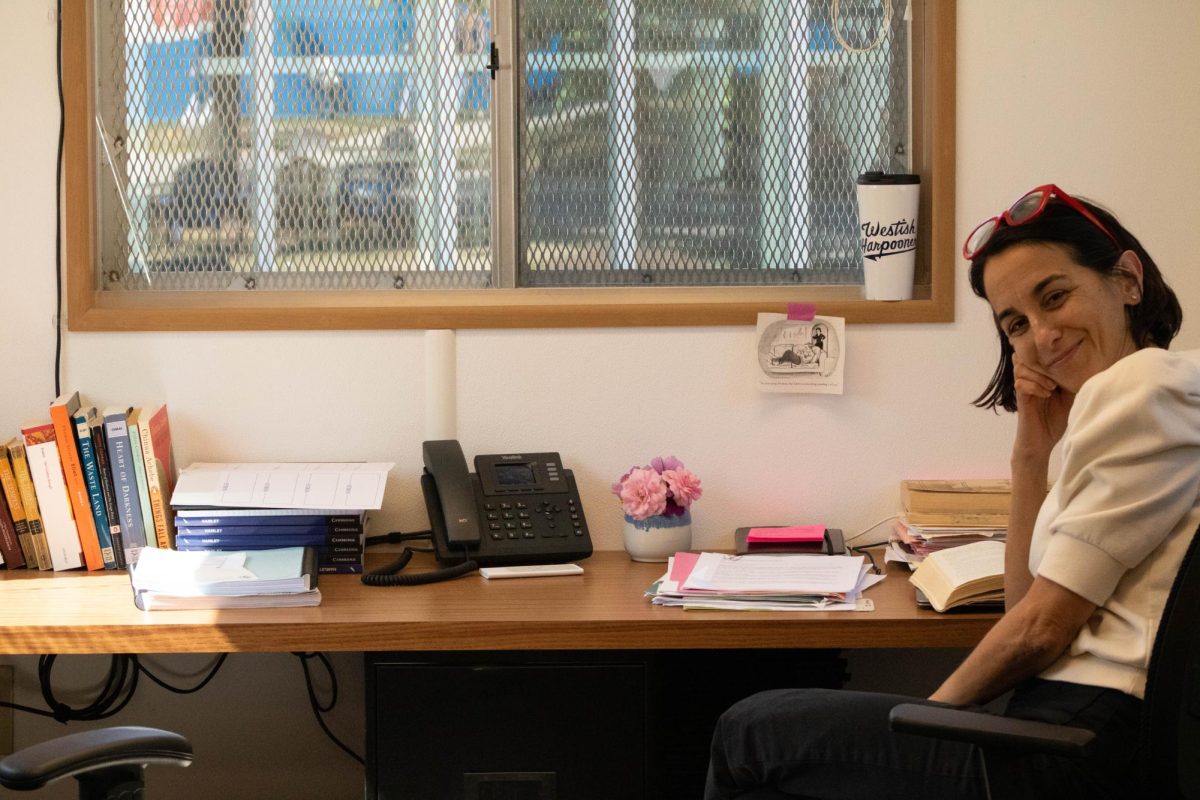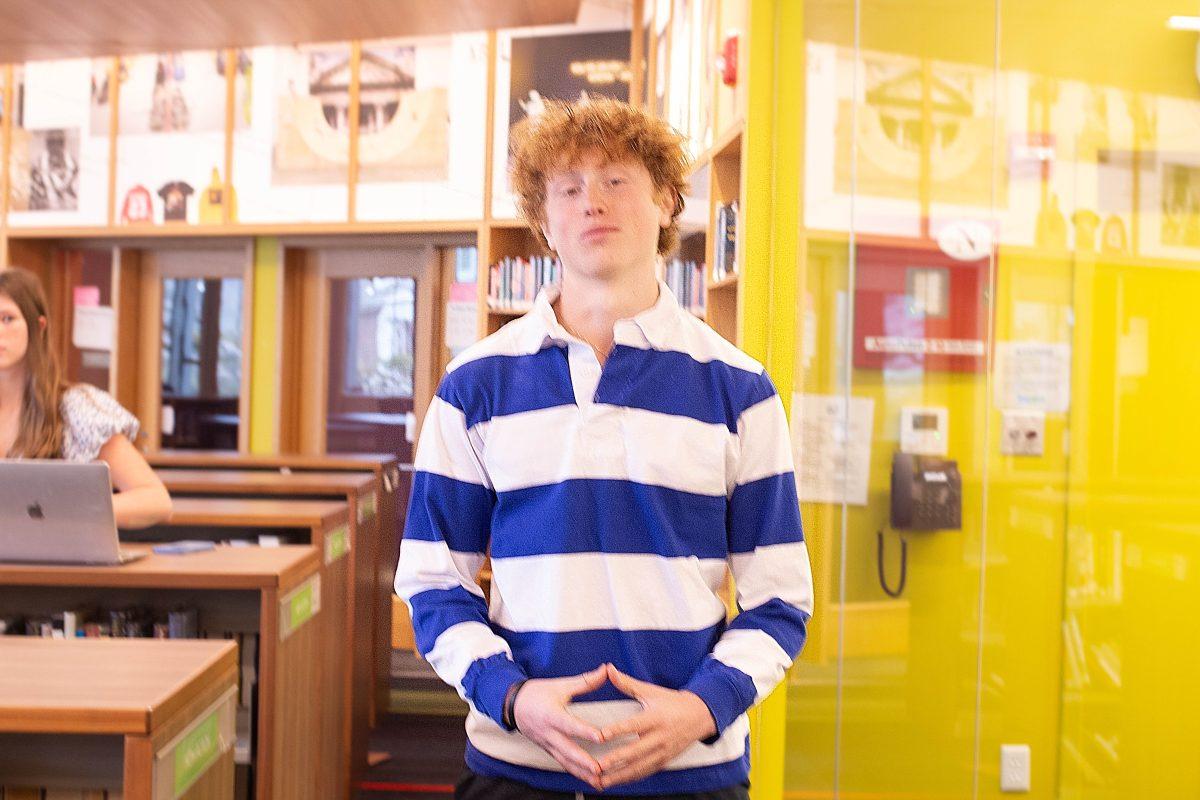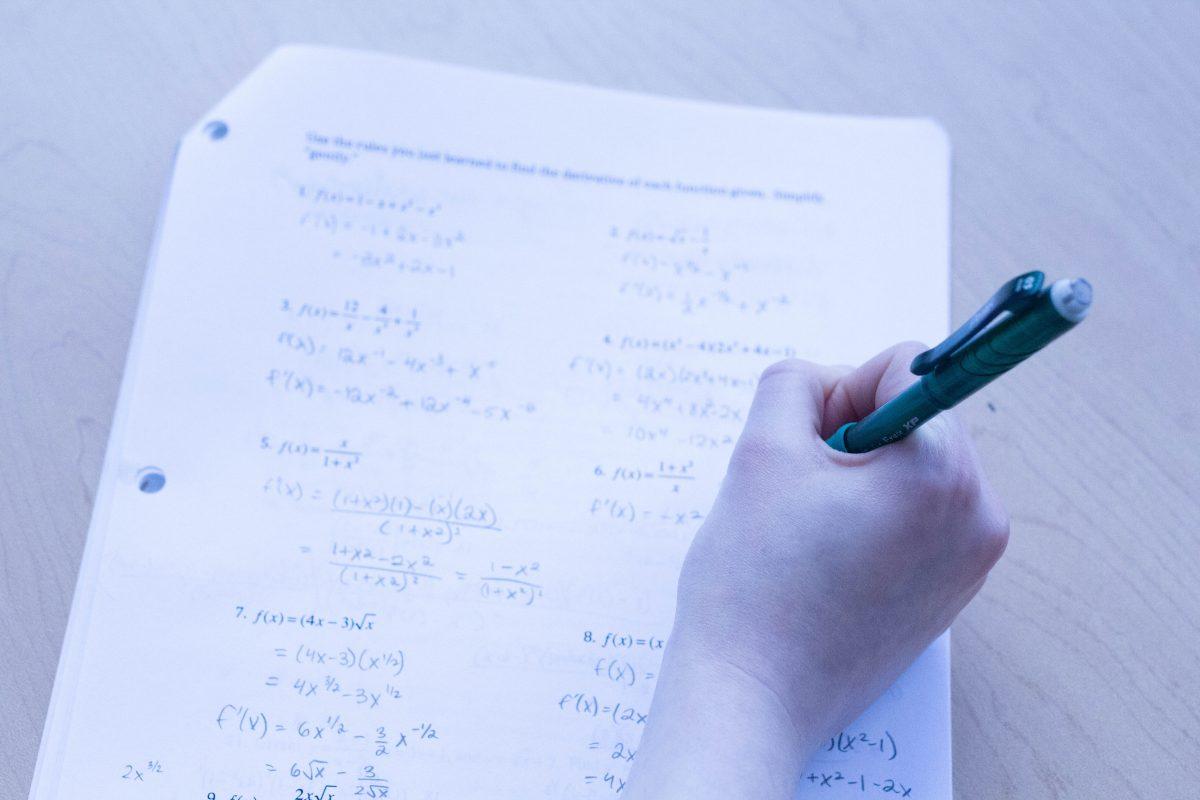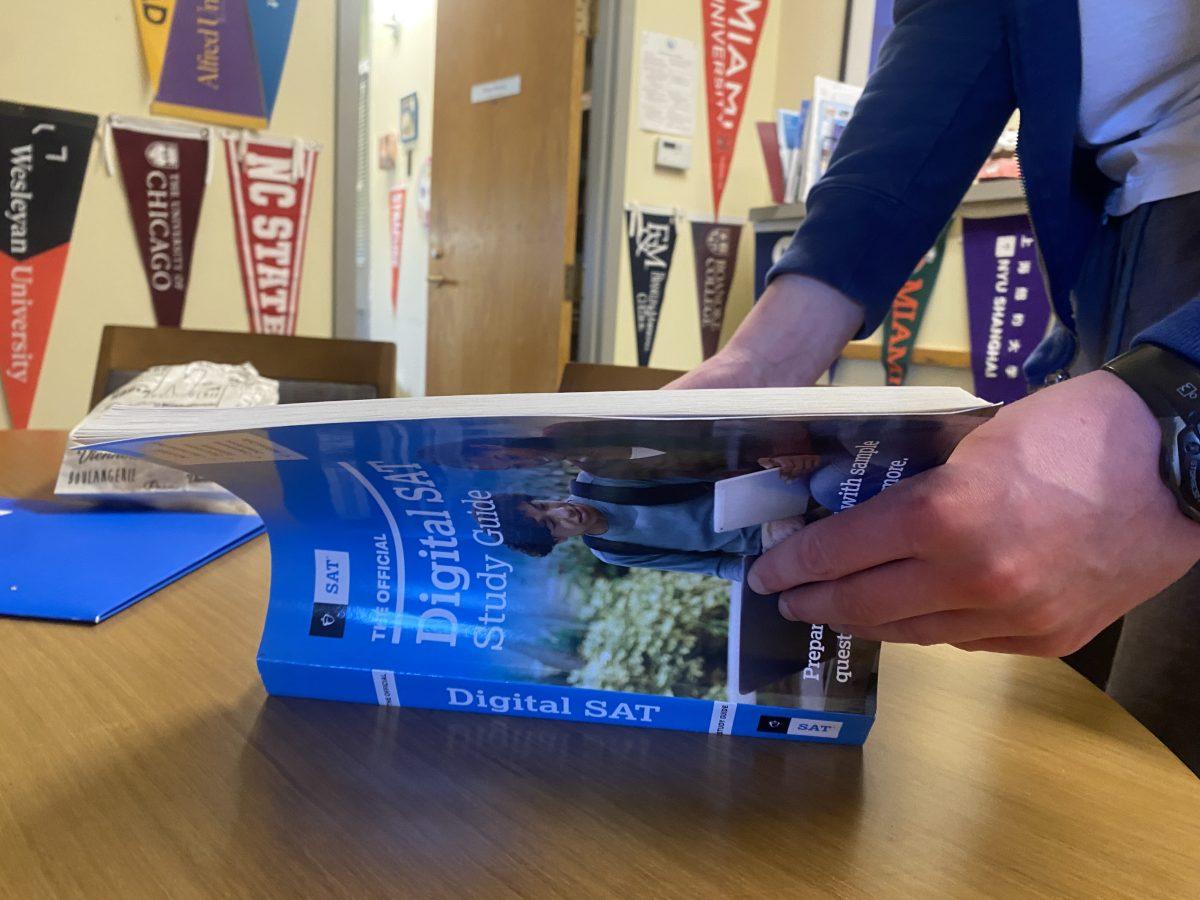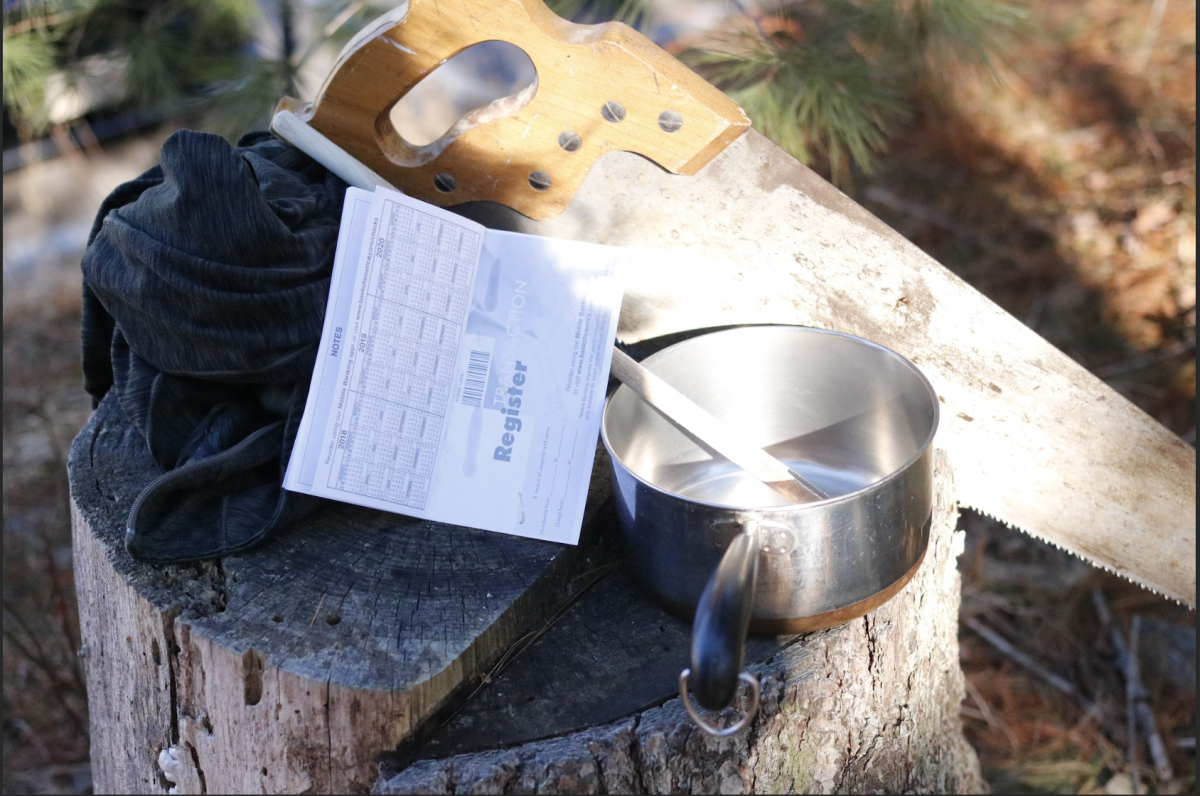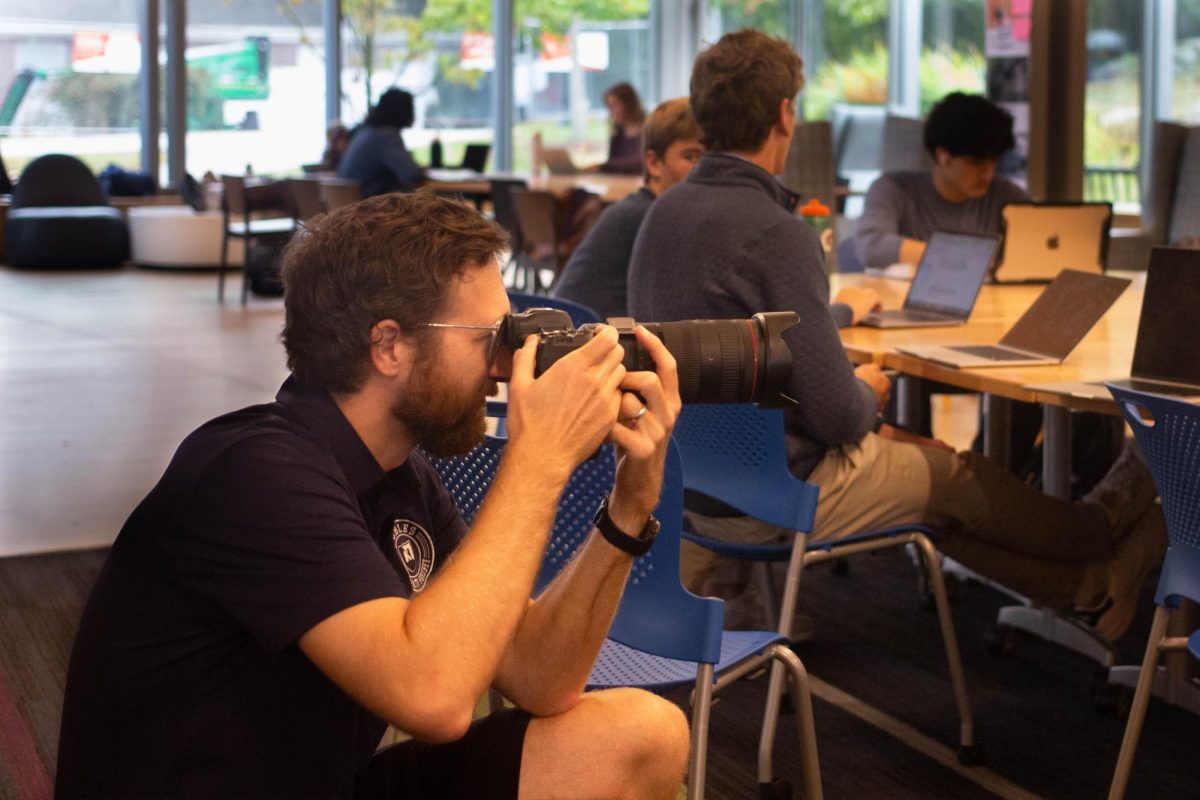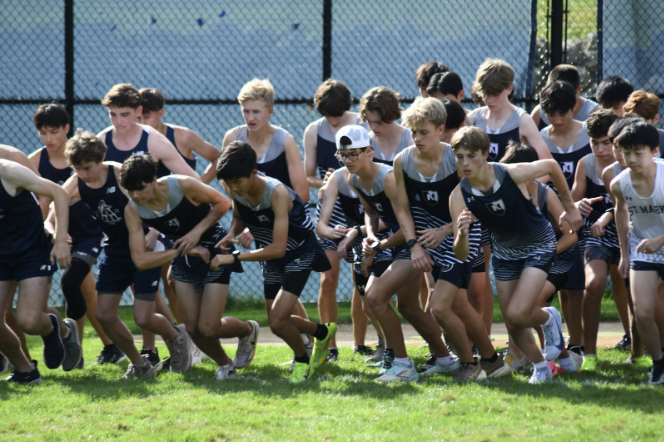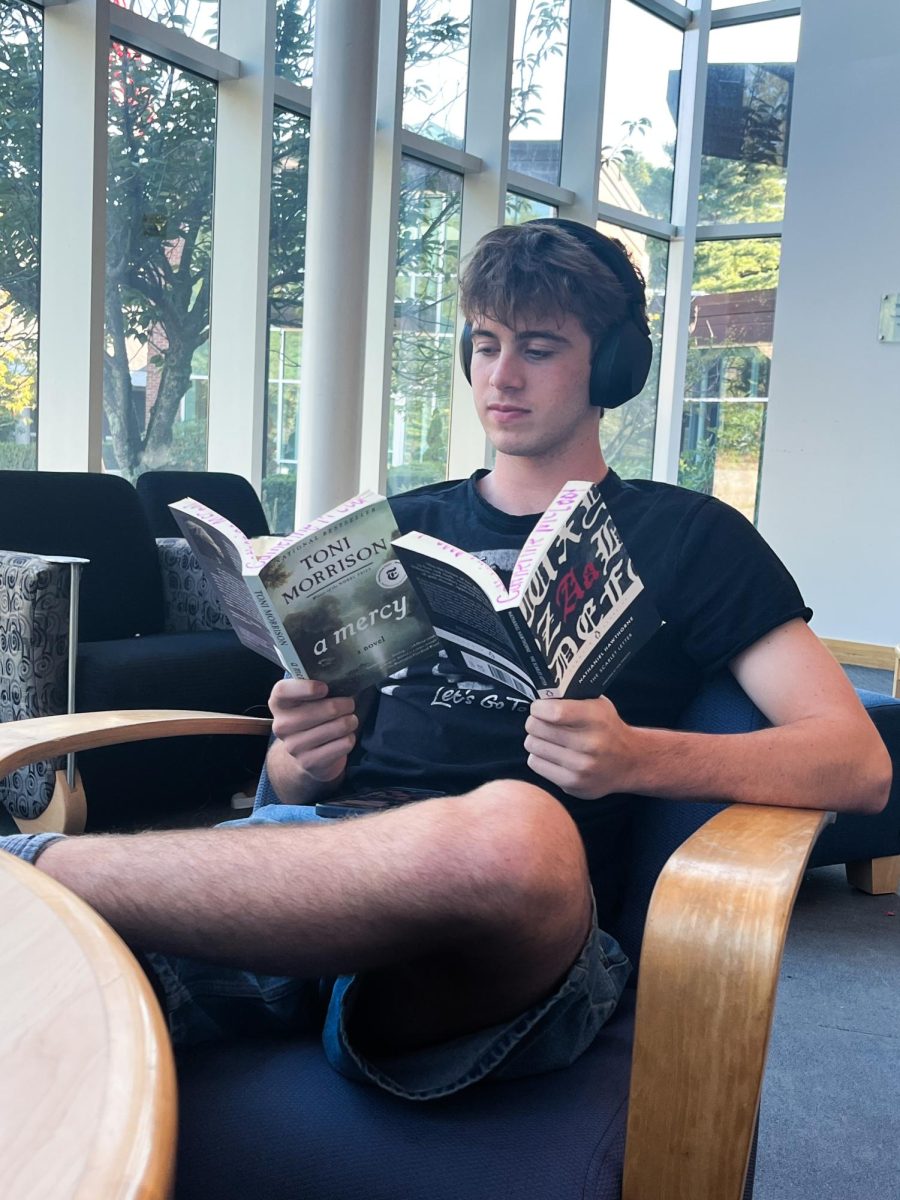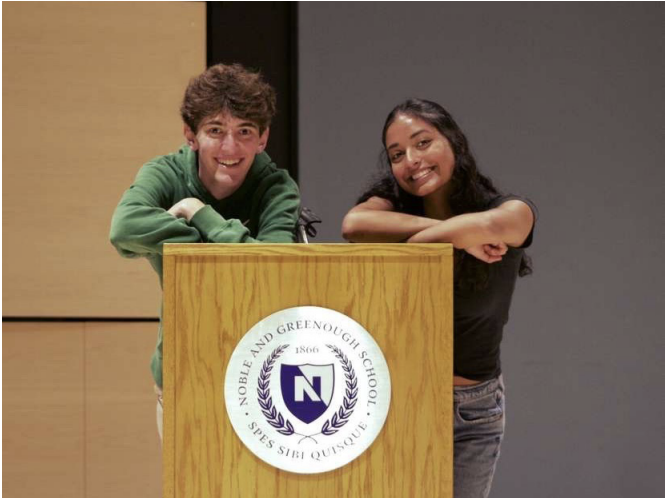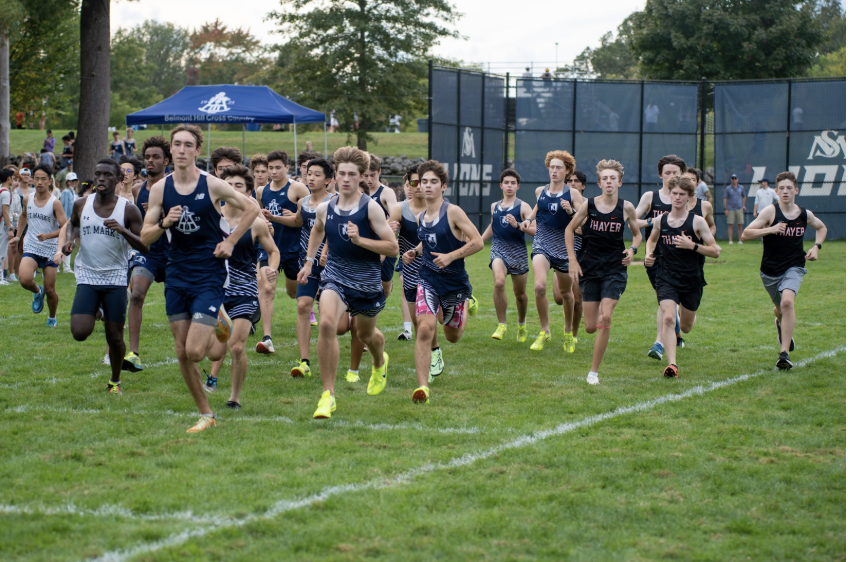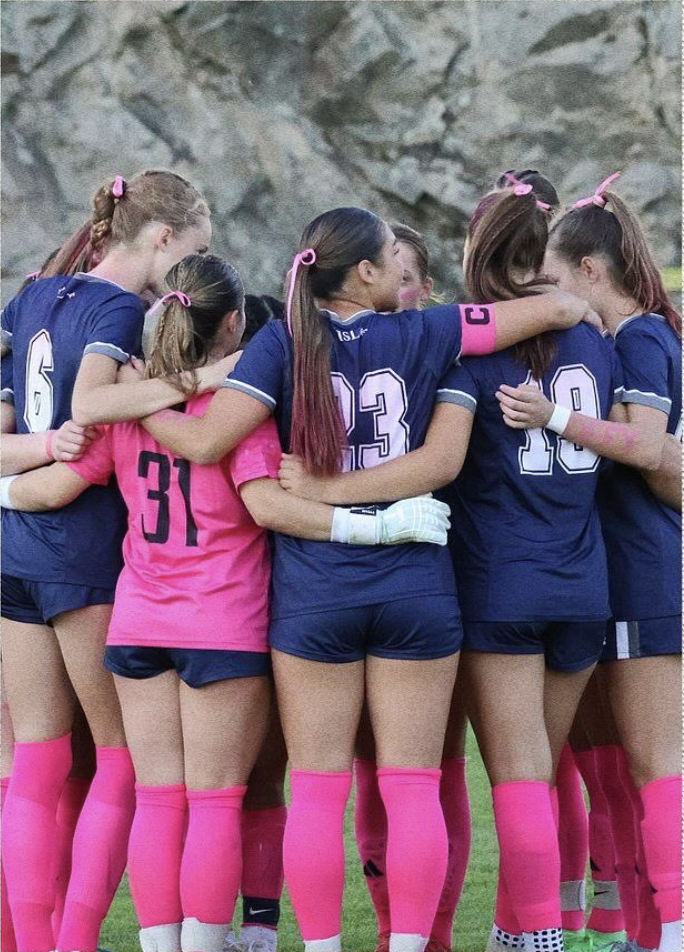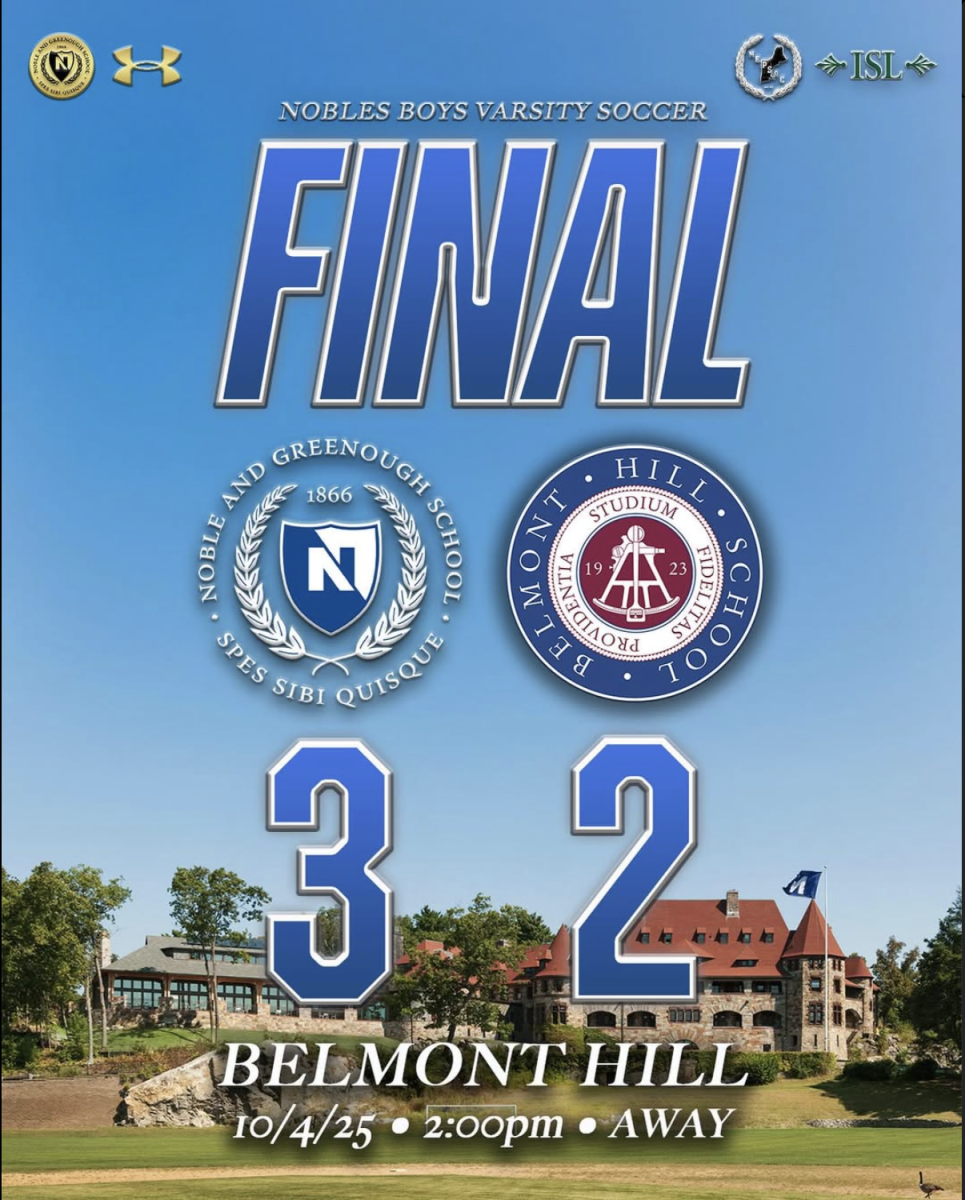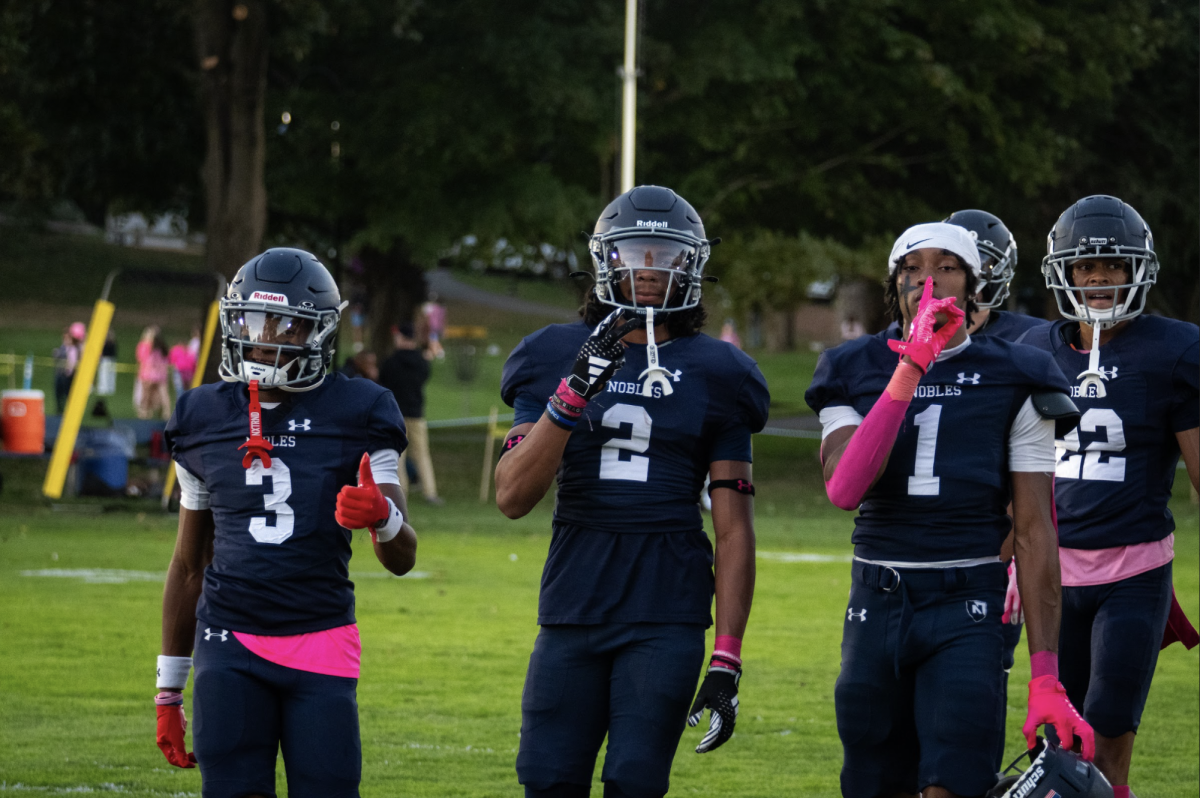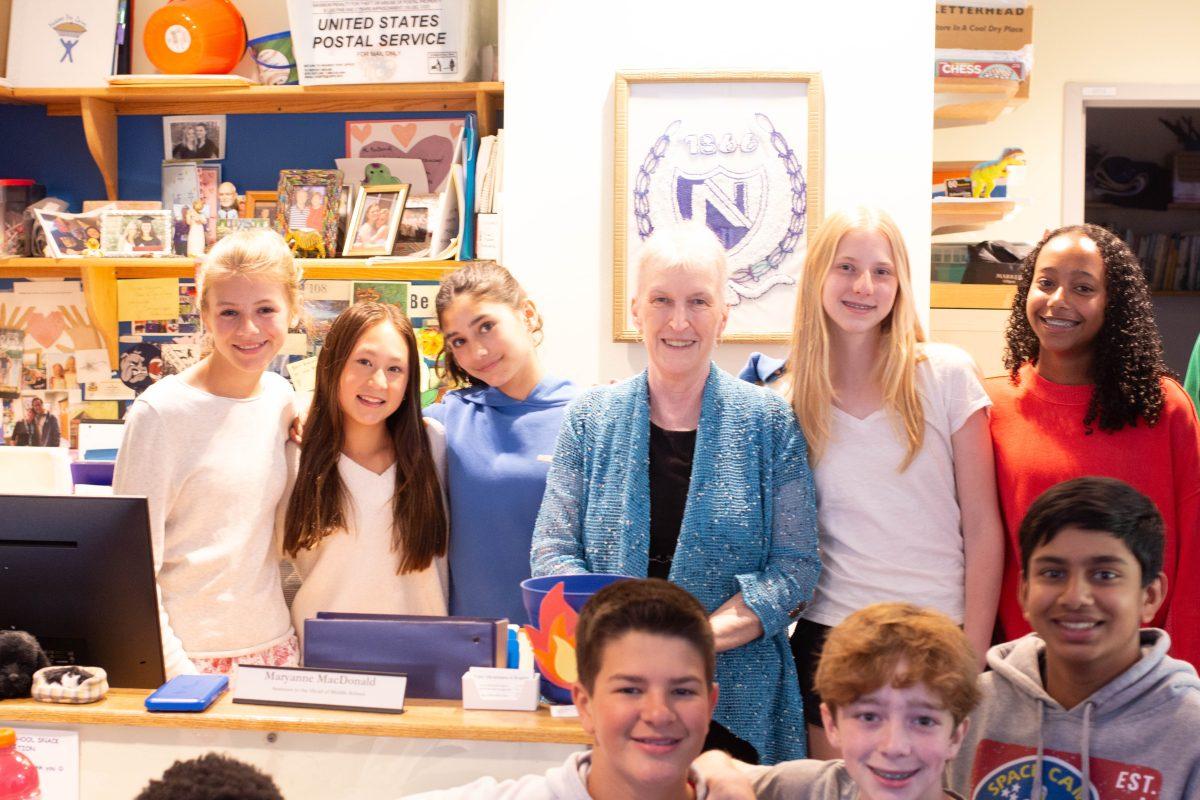The daily assembly rush is something students can depend on, the frantic last-minute parking, trying to make it in just before the doors close. Over time, this tradition allows students to know where their seat is and who will be sitting next to them, which establishes a bond with their assembly neighbors throughout the course of a year. Then, during every student’s Class II year, these bonds are broken by a new seating arrangement. The once familiar presence of an assembly buddy is now replaced by a feeling of unfamiliarity.
Many wonder why seating switches junior year, but the answer is relatively simple.
“It’s just the way the seats are numbered. We have even seats on one side and odd seats on the other. So when you go down the list and assign each person to even or odd, it just means they’re going to go on the other side,” Class II Dean Chris Pratt (N ’10) said.
When Lawrence Auditorium was built, the upper left wing was given even numbers, while the upper right wing was given odd numbers. This seating change has an impact on Class II students.
“I think for people to get put with someone that they aren’t very close with, it could be a good opportunity to meet new people,” Jason Douglas (Class II) said.
While most of Class II will know each other by junior year, the switch in assembly seating is one of the final efforts to diversify interactions among students.
“If some kids are like, ‘I actually really love it,’ it’s worth having a conversation asking, if this is something we should do more of,” Pratt said.
The possibility of a new seating arrangement every year, though, according to Douglas, would cause more confusion. “I think that might be overdoing it a bit. I like, for the most part, knowing who I am going to be sitting next to every year,” he said.
Another aspect of the assembly seating arrangement is the anticipation, or lack thereof, of current Class III students to get the opportunity to sit next to someone else. Devin Reid (Class III) feels that changing it up has minimal impact on the community:
“I’m pretty neutral about it, I think the status quo is fine,” Reid said.
While the relationship between assembly partners may be limited to cordial greetings in the morning or a side conversation during a performance, Jaden Huang (Class III) believes that the bond created with one’s assembly partner will be unfortunate to lose as a Class II student.
“I think keeping the same person is good, because on the first day of school, it gives you someone to talk to if you’re new,” he said. “Over the course of your time here, you get to know them pretty well.”
While the Nobles administration has expressed interest in assigning different assembly partners every year, Nobles students seem to believe that too much change in assembly leads to confusion. A new seating arrangement every year would only mess up the routines of several hundred students, in the opinions of Douglas, Reid, and Huang. While assembly seat changes seem to have a small impact on most Class II students, the practice of maintaining a routine allows students to start their day consistently over their time at Nobles. Assembly partner interactions, while insignificant in the larger scope of the Nobles experience, are a cornerstone of the pattern students have come to rely on in order to have a successful start to their days.

